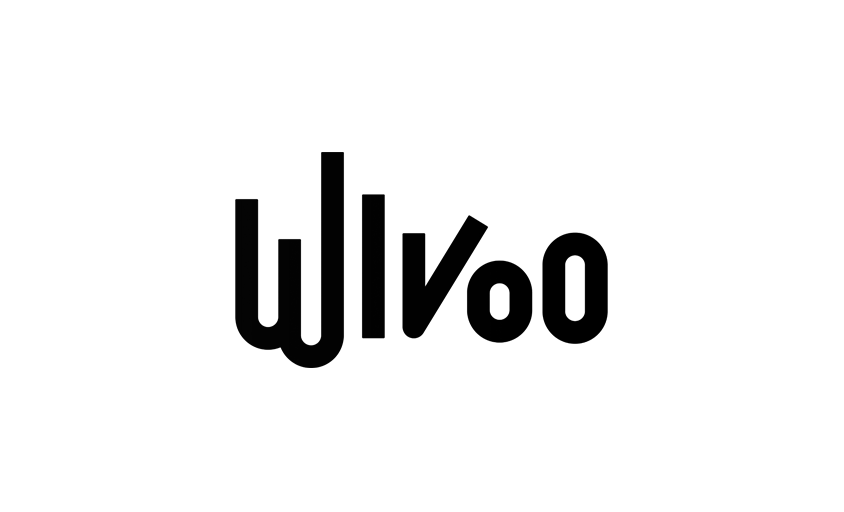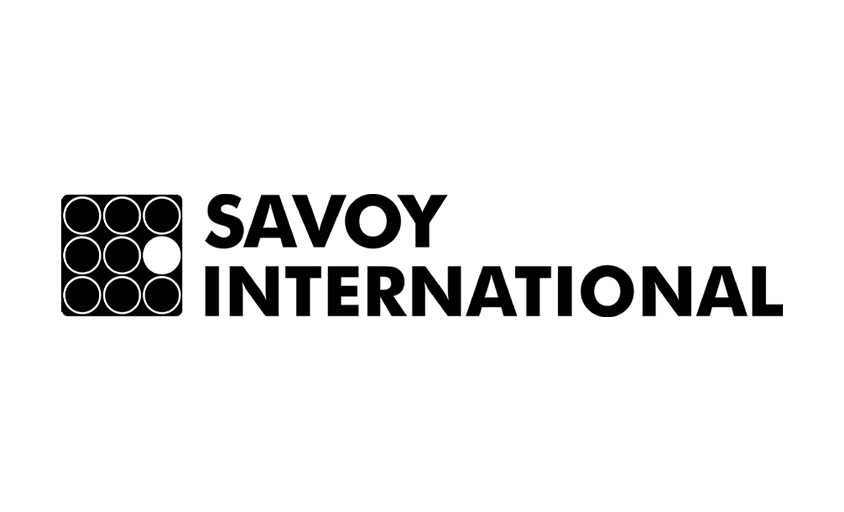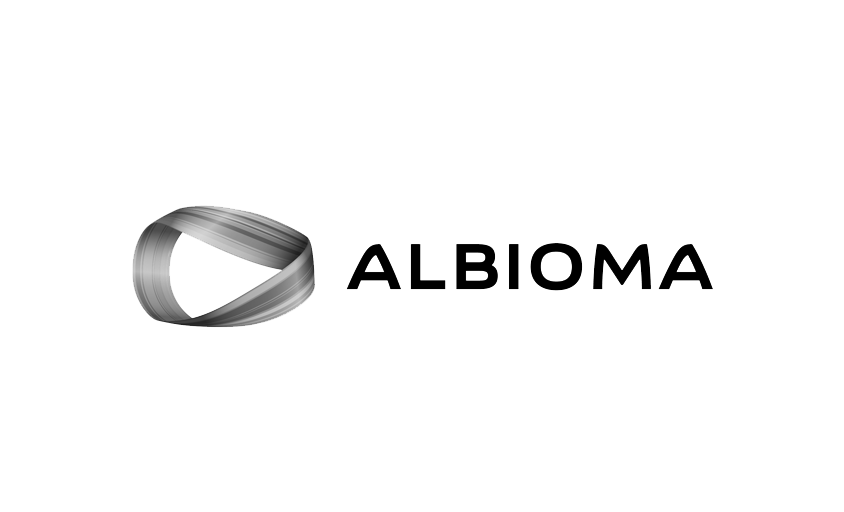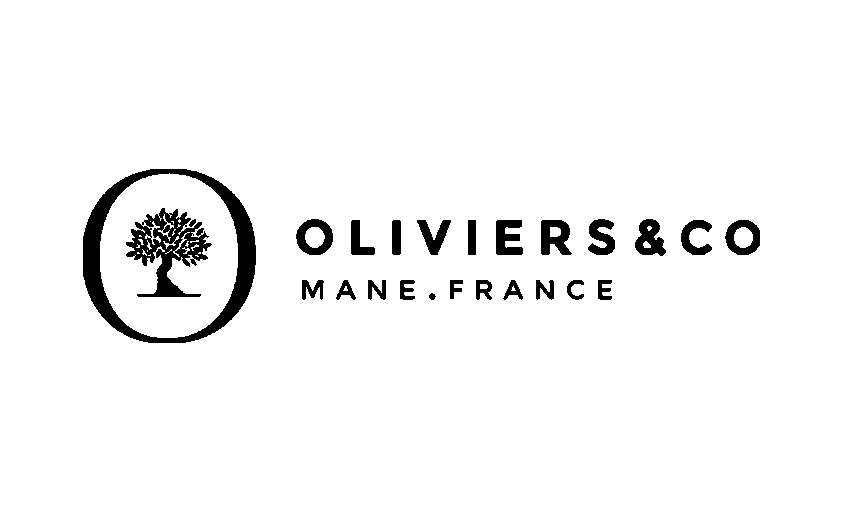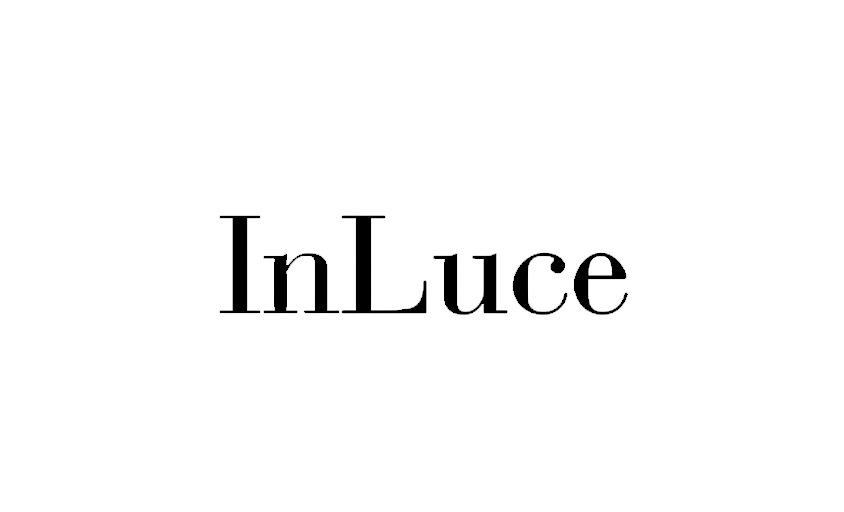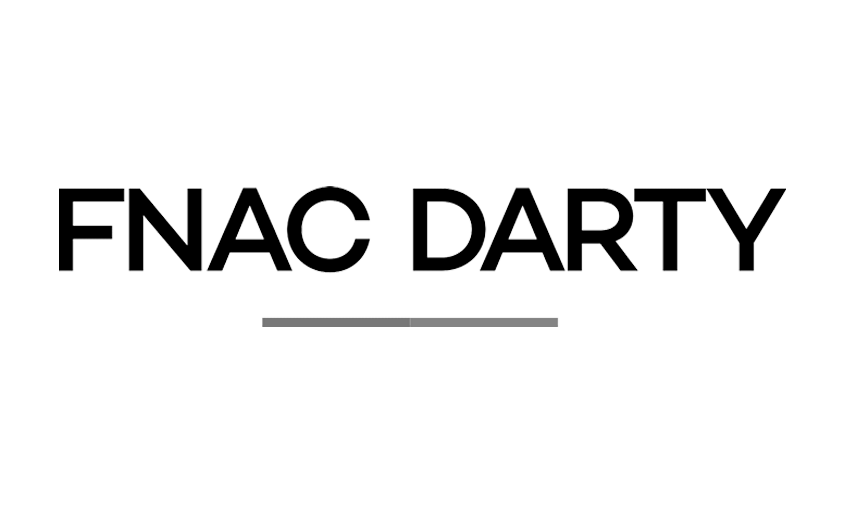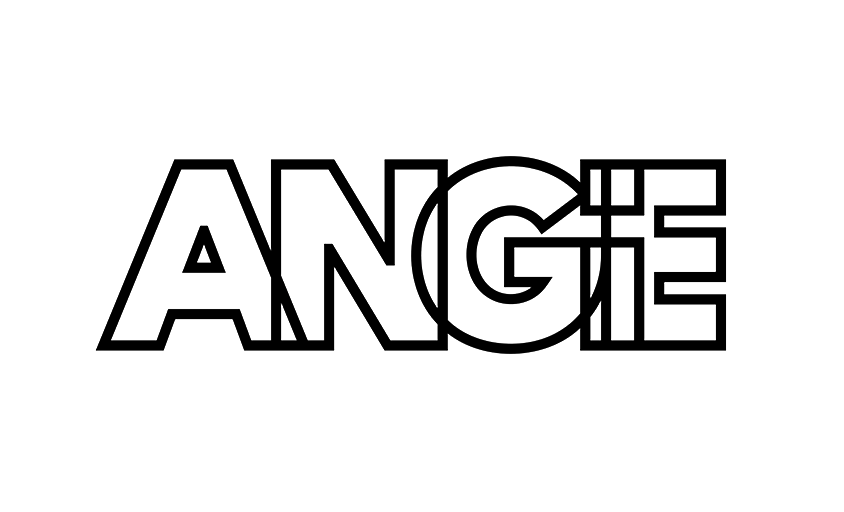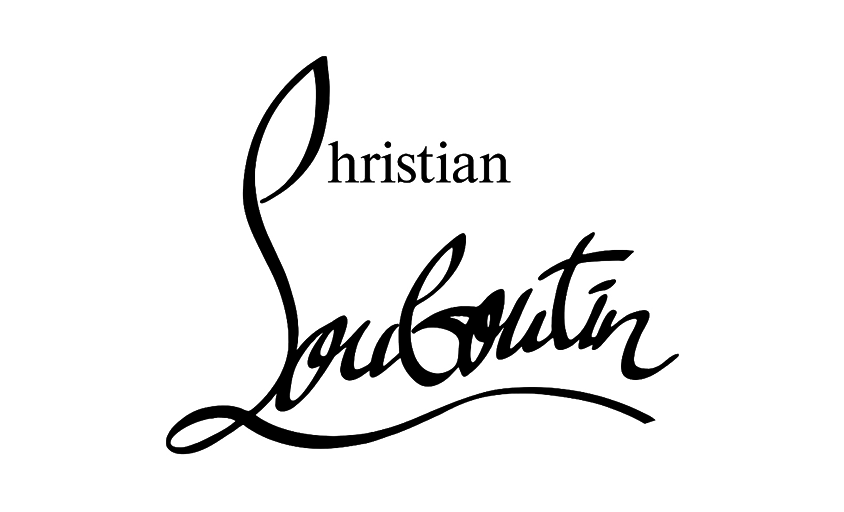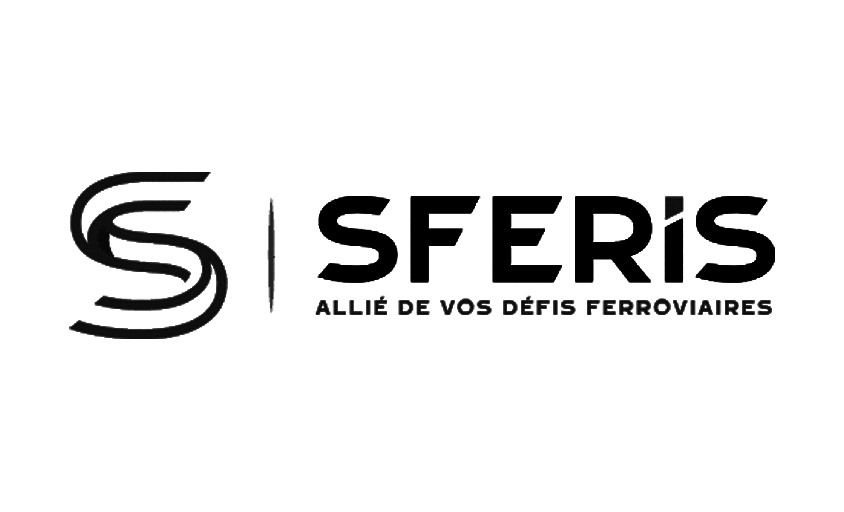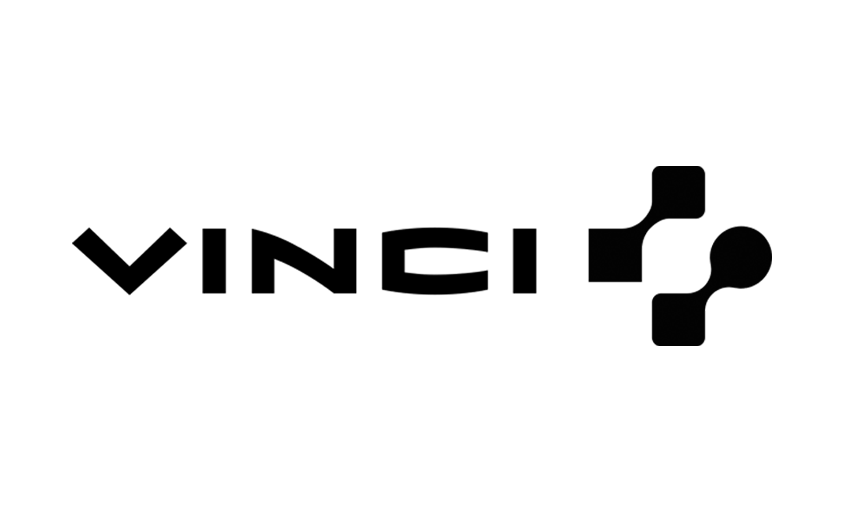Construction Photography
In this article :
Construction photography is a specialized field within real estate photography and architectural photography. It documents the progress of a construction site, ensures precise visual tracking, and highlights the transformations made to a building or space. Whether for renovations, new constructions, or refurbishments, these images are essential for building professionals, architects, real estate developers, and companies in the sector.
Why Take Construction Photos?
Construction photography goes beyond technical or functional images. It meets several strategic needs:
- Tracking Project Progress: Document each phase of the project, from the start of construction to completion, to prevent disputes and maintain a clear project history.
- Showcasing the Work of Craftsmen and Companies: Highlight the expertise of professionals through high-quality images that emphasize skills and techniques used.
- Enhancing Reports and Presentations: Developers and design offices use these images to communicate with partners, investors, and clients.
- Supporting Company Communication: Companies in construction, architecture, or interior design use these images to enrich their websites, brochures, social media, and client portfolios.
Techniques and Approach
Taking construction photos requires an approach adapted to the specificities of work sites. It is a constantly changing environment where optimizing space and managing light are crucial.
1. Choosing the Right Equipment
A high-performance camera is essential for capturing worksite details, especially under varying light conditions. Here are some key items:
- A DSLR or Mirrorless Camera: Ideal for capturing details with high resolution.
- A Wide-Angle Lens: Perfect for capturing an entire space without excessive distortion.
- A Tripod: Essential for stabilizing shots, especially in low-light conditions.
- A Drone: For aerial views of large-scale construction sites.
2. Managing Light and Exposure
Construction sites do not always have optimal lighting, so it is essential to adapt to the available conditions:
- Prefer Outdoor Shots During Golden Hours: Just after sunrise or before sunset for softer, even lighting.
- Use Portable Flash or LED Lighting: To illuminate dark spaces or interiors under construction.
- Leverage Contrasts: Highlight raw materials (concrete, metal, wood) to emphasize the site’s progress.
3. Capturing Site Progress
Effective construction photography relies on regular site monitoring:
- Before / After: Capture spaces before the work begins and after completion to showcase the impact of the transformations.
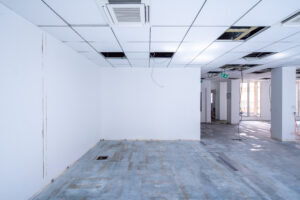
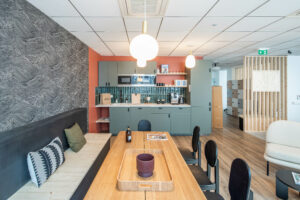
- Technical Details: Highlight specific elements such as materials used, finishes, and technical installations.
- Wide Shots and Context: Show the site within its environment to provide a comprehensive view of the project.
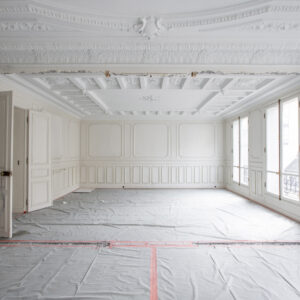
Practical Applications of Construction Photography
Construction site images are useful in various professional fields:
- Architects and Project Managers: Project tracking and showcasing completed work.
- Real Estate Developers: Highlighting ongoing projects and illustrating progress.
- Construction Companies: A marketing tool to showcase their expertise.
- Municipalities and Institutions: Documenting urban planning and renovation projects.
Conclusion
Construction photography is far more than just a site report. It is a powerful communication tool that documents, enhances, and promotes architectural and construction projects. At Rétines, we support professionals in showcasing their worksites, providing photographic expertise tailored to the demands of the building and architecture sectors.
Jérémy Carlo is the editorial director at Rétines, where he ensures the consistency and clarity of all content produced by the studio.
Our Clients
Let’s discuss
What we do for you at Rétines
Meticulous work, an organised project and fast delivery. And to achieve this, we mobilise the right resources in our teams at the right time.
01
Pre-production
Artistic and technical direction tailored to the project.
Relevant recommendations on content, form and resources.
02
Photo Shooting
Photos taken by our experienced photographers.
Production that’s controlled, efficient and tailored to the needs of the project, with nothing superfluous.
03
Retouching
Technique
Photographs magnified by our retouching team.
Post-production to meet the commercial challenges of the brief.

